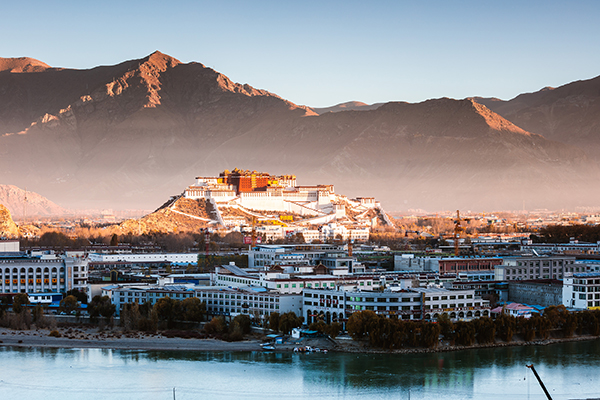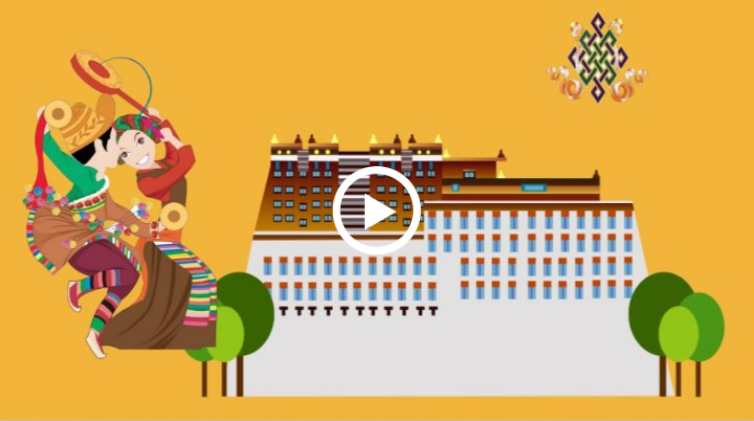Chamdo
Updated: 2022-12-16 (chinadaily.com.cn)  Print
Print 


(1) Historical geography
Chamdo was called Kang or Kemu in ancient times. During the Tang Dynasty (618-907), Chamdo was part of the Tubo Kingdom.
After the Ming (1368-1644) and Qing (1644-1911) dynasties, this region was referred to as the Kham-Tibet area, and the original Tibetan government called it the "Duo Kangmu area". It is now a prefecture-level city in the Tibet autonomous region.
Chamdo is located in the eastern part of Tibet, on the upper reaches of the Lancang River, and is the east gate of the Tibet autonomous region. Chamdo faces the four counties of Dege, Baiyu, Shiqu and Batang of Sichuan province to the east, and Yunnan province to the southeast.
It is bordered by Dechen county to the southwest, Nyingchi to the southwest, Nagchu to the northwest, and the Yushu Tibetan autonomous prefecture in Qinghai province to the north. Its total area is 109,830 square kilometers, accounting for 8.9 percent of the Tibet autonomous region.
Chamdo is a prefecture-level city under the jurisdiction of the Tibet autonomous region of the People's Republic of China. The city is at a key crossing point of Tibet, Sichuan, Qinghai, and Yunnan and is located in the Hengduan Mountains and the basins of Jinsha River, Lancang River and Nujiang River.
(2) Population division
In 2024, Chamdo had a permanent population of 760,000.
Kharub district, where the municipal government is located, has a land area of 10,652 sq km.
Chamdo governs Joda county, Gojo county, Riwoche county, Dengchen county, Dragyab county, Pashoi county, Zogang county, Markham county, Lhorong county, Palbar county, and the newly established Kharub district.
There are 10 counties in one district, including 24 towns and 118 townships, and the municipal government is stationed in Kharub.
(3) Economic and social development
In 2024, the city's GDP was 38.61 billion yuan ($5.34 billion), a year-on-year increase of 6.4 percent (calculated at comparable price). The per capita disposable income of urban and rural residents was 48,242 yuan and 19,441 yuan, up 6.8 percent and 8.4 percent respectively.








